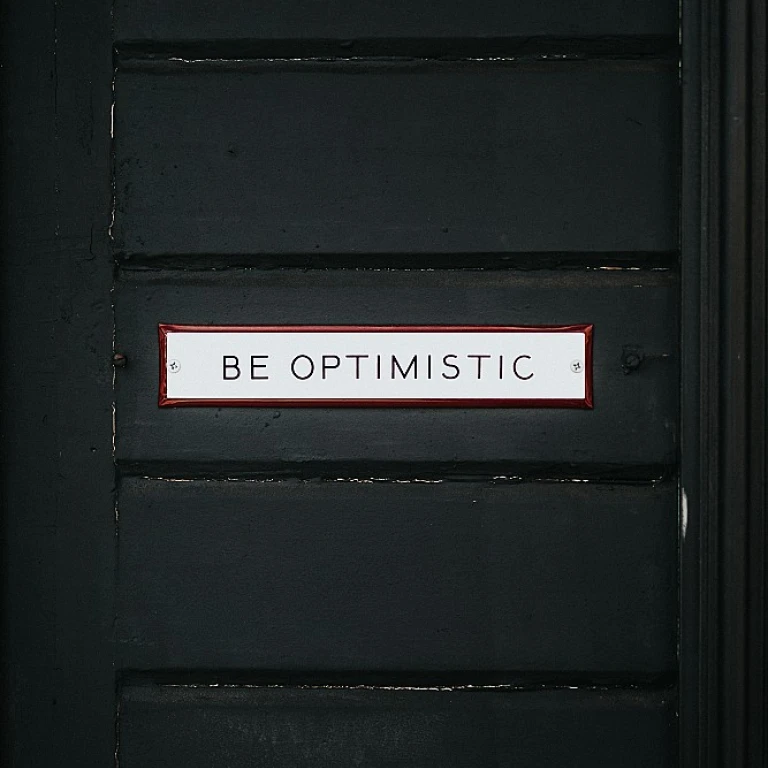What Are Work Emotion Wheels?
Decoding the Concept of Emotion Wheels
Understanding emotion wheels is the first step towards improving your work-life balance. At its core, an emotion wheel is a tool that helps individuals identify and articulate their emotions. Originating from the field of psychology, these wheels visually represent emotions, enabling users to explore a spectrum of feelings in varying degrees of intensity. This can provide much-needed clarity in both personal and professional settings. Emotion wheels work by breaking down complex emotions into simpler, more identifiable components. Typically, they are color-coded and concave in design, aiding individuals in both recognizing and naming their emotions. It’s not just a tool for self-discovery but also a means to enhance emotional intelligence at the workplace. The wheel, which may seem overwhelming at first with its myriad of colors and details, serves as a guide to navigate emotions efficiently. Users often find an element of surprise and relief as they discover emotions they may not have been previously aware of. By fostering emotional awareness, the wheels provide opportunities to handle workplace pressures more adeptly. Though initially found mainly in psychology, emotion wheels are gaining traction in workplace environments. This includes various sectors across the globe, from Japan to stock markets worldwide, where they are used in conjunction with other accessories for emotional well-being. Companies can purchase these wheels in sets or individually, often enjoying the benefits of experiential learning that these tools bring. Moreover, emotion wheels are available in various formats and prices. Whether you're looking for a basic bronze wheel to start your journey or advanced wheels equipped with illustrative accessories, there's an option fitting for every need and price unit. Incorporating these tools can lead to improved communication, better team dynamics, and overall enhanced work performance, as you will see in subsequent sections discussing their practical applications and real-life successes. It's undeniable that emotion wheels can transform the workplace by nurturing mindful interactions and a deeper understanding of personal and collective emotional states, all contributing to a more balanced work-life experience.The Importance of Emotional Awareness at Work
Recognizing Emotional Awareness at Work
Emotional awareness is a critical component in the workplace, forming the foundation to identify and manage emotions effectively—whether they're positive or negative, vibrant or subdued. At work, emotions can act like nuts holding pieces of machinery together, integral yet often unnoticed unless something goes amiss. Becoming aware of these emotions is like having an emotion wheel at your disposal, where every spoke represents a different feeling—happiness, stress, frustration, satisfaction. Each colour on this wheel offers hues that help to navigate the emotional landscape your work life presents. Understanding emotions isn't just about identifying anger or joy at face value but recognizing the nuances of these emotions—much like examining the finer details of wheels in a concave design compared to those with flat edges. In professional settings, emotions can affect decisions, influence behavior, and ultimately, echo throughout the organization, much like how a single work emotion meister wheel can affect the performance of a high-performance vehicle. The ability to be emotionally aware isn't instantaneous; it requires practice and patience. Emotions viewed through this metaphorical wheel allow you to appreciate their depth and complexity, much like admiring various types of wheels—be it work emotion kiwami, work equip, or the classic work meister, found from stock in places as far off as Japan. By understanding emotions, you enable yourself to handle emotional challenges with more tact and strategy. In recent years, there's been a surge in the popularity of concepts like emotion wheels, akin to centers in wellness industries, as an accessory to not only understand work-related emotions but also as a tool to balance personal and professional life. Just as the right set of work wheel accessories can enhance the performance of your car, understanding these emotional nuances enables you to navigate more effectively in your workplace. Through consistently practicing emotional awareness, employees can ultimately experience personal and collective benefits, achieving a more harmonious work-life balance. While the journey might be bumpy, filled with challenges akin to fluctuating prices in wheel sales, the concave path promises rewarding outcomes not only in the unit price of emotional investment but also in fostering workplace harmony.Applying Emotion Wheels in Daily Work Life
Implementing Emotion Wheels in Your Routine Tasks
Utilizing emotion wheels in the work environment doesn't just start and end with understanding them; it's about integrating them into your daily routine to better navigate work-life balance. This integration fosters an understanding and awareness of one's emotional state, helping to preemptively address stressors that could disrupt balance.Here are some practical steps for embedding emotion wheels in your workday:
- Begin meetings with a check-in: Encourage a brief session where team members use the emotion wheel to express how they're feeling. This practice can set a collaborative tone and identify any underlying issues early.
- Daily reflection: Use the wheel to reflect on your day, identifying any patterns or recurrent emotions that may impact your productivity.
- Mid-task assessments: During lengthy or challenging tasks, take a moment to use the emotion wheel. Identifying when you're feeling overwhelmed or frustrated can help you strategize a better approach.
Implementing these techniques can be transformational, not just in maintaining emotional health but also in enhancing productivity and workplace satisfaction.
It's evident that emotion wheels can facilitate greater communication and emotional intelligence within teams. This framework contributes to a more harmonious and balanced work setting, aligning with strategies for reducing stress in the workplace. For further insights into maintaining balance, check out our extensive guide.
Benefits of Using Emotion Wheels for Work-Life Balance
Harnessing the Power of Emotion Wheels to Achieve Balance
Emotion wheels can be a transformative tool in enhancing work-life balance. In the ever-evolving work environment, understanding emotions and their impact on our daily routines is crucial. Emotion wheels, with their intricate designs and diverse colors representing a spectrum of emotions, help in recognizing and categorizing feelings. This awareness is vital as it aids individuals in navigating complex situations at work.
Let's explore how incorporating these tools can benefit your professional life:
- Enhanced Self-awareness: By using emotion wheels regularly, you can develop a deeper understanding of your emotional state. Recognizing whether you're feeling overwhelmed, excited, or stressed helps in making informed decisions.
- Improved Communication: Sharing emotions becomes easier when you have the vocabulary to express them. Emotion wheels act as a guide, enabling you to convey your feelings to colleagues and superiors with clarity.
- Better Conflict Resolution: Workplaces often encounter conflicts due to misinterpreted emotions. Having a tool like the emotion wheel allows participants to identify the root cause of disagreements and work towards a resolution.
- Efficient Emotional Management: By being in tune with your emotions, you can manage stress and burnout more effectively. Emotion wheels promote a proactive approach to self-care, encouraging periods of rest and reflection.
- Boosted Productivity: A clear understanding of one's emotional landscape leads to more focused work. Emotion wheels can help you shift gears to optimize performance, whether embracing moments of creativity or diving into tasks requiring concentration.
Work emotion wheels are not just accessories or trendy visuals; they are a comprehensive set of tools designed to facilitate personal and professional growth. While they may seem simple at first glance, their power lies in their ability to provide a bird's-eye view of emotional patterns, much like how work wheels such as center caps and lug nuts ensure a car's stability.
Challenges and Limitations of Emotion Wheels
Common Challenges and Obstacles of Emotion Wheels
Emotion wheels are a useful tool for enhancing emotional awareness and achieving a better work-life balance. However, while they can be incredibly beneficial, they are not without their own set of challenges and limitations. The practical application of emotion wheels in the workplace can sometimes be hindered by several factors, making it essential to approach their integration with a strategic mindset.- Understanding and Acceptance: Not all employees may be familiar with or immediately accept the concept of emotion wheels. It could take time for them to grasp the purpose and function of tools centered around emotions, such as the emotion wheel or work emotion wheels.
- Integration into Work Culture: Organizations often have established cultures that might not prioritize emotional awareness. The inclusion of emotion wheels may require cultural shifts or training programs to ensure successful implementation.
- Physical and Financial Limitations: While the emotion wheel can be a valuable tool, those who prefer tangible items like work wheels, emotion kiwami wheels, or accessories wheel might face physical and financial barriers. The price of acquiring emotion wheels, lug nuts, or center caps can vary, influenced by whether the wheels are regular or limited edition items in stock.
- Personalization: Emotion wheels must be customizable to cater to diverse emotional landscapes. Much like work meister, emotion kiwami, or work equip wheels, which come in various colors and concave shapes to reflect personal taste, the emotion wheel must similarly be adapted to individual needs to avoid being seen as a "one size fits all" solution.
- Time Constraints: In fast-paced work environments, employees may face time constraints that hinder regular engagement with emotion wheels. Without consistent usage, the benefits of these tools may not fully manifest, much like occasionally using work wheels or emotion wheel for a short period doesn’t yield the full potential benefits.








